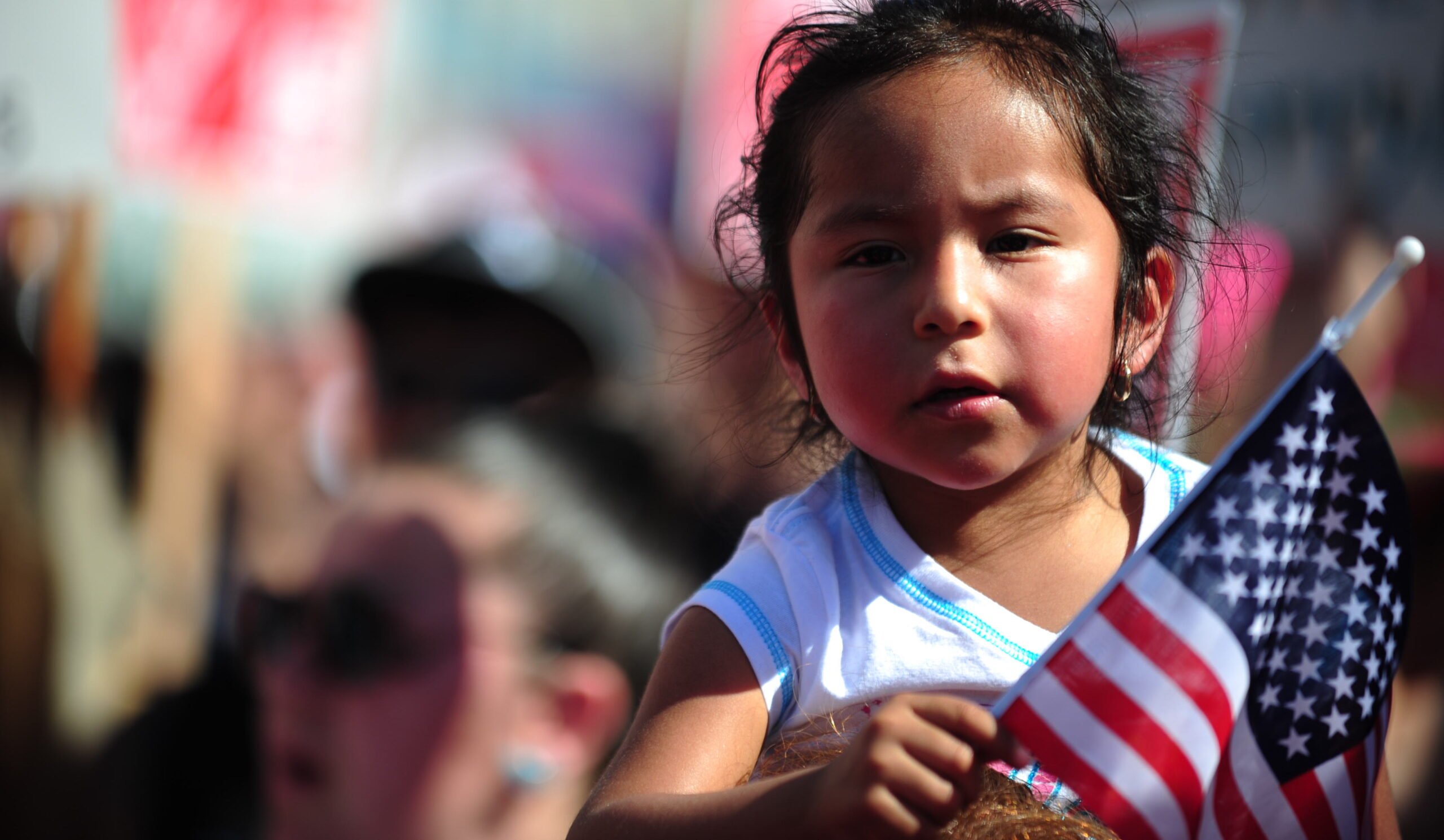Editorial
Tulia Breaks!
The story we broke in our June 23 issue about a racially tainted drug sting in a small Panhandle town, and the highly suspect undercover agent who ran it, has officially entered the media food chain. It has now been digested by so many news outlets – beginning with Pacifica Radio’s Democracy Now and ending with a front page story in The New York Times and a feature segment on CNN – that the carnivores at the top of the chain are now referring to the story in shorthand. The racially divided town, the questionable police work, the incredibly long prison sentences – it’s all just “Tulia” now. As in: “Tulia is as much a story about race as how the drug war has gone crazy.” That’s from Texas Monthly editor Evan Smith, quoted in Arianna Huffington’s syndicated column on October 9. From the Observer to the Times to the Texas Monthly, and in only four short months.
The big bust in Tulia, population 5,000, created a ripple through the state’s daily papers back in the summer of 1999, when the arrests occurred and the racial targeting of the sting (roughly ten percent of the town’s black population was indicted) became readily apparent. But the stories barely scratched the surface, and nobody seemed to be asking the biggest question of all: could there really be 43 cocaine dealers in a town the size of Tulia? By the time I drove to Tulia a year later, the story was completely moribund, deader than the news room at the Lubbock Avalanche Journal. My contact in Tulia told me she had tried in vain for months – as one defendant after another received staggering sentences for delivering tiny amounts of cocaine, in cases built on the scantest of evidence – to get just one major daily to come out and take a closer look at the story. Nobody would bite.
And what a story it was. Defense attorneys had put together a damning file on the undercover agent, enough to cook his goose in any fair court of law. But the Swisher County judges wouldn’t allow the evidence to be heard. So the first airing of the laundry, and the first critical look at the drug war in Tulia, was in the pages of The Texas Observer. But not the last. A reader in Tulia noticed a pattern in the subsequent coverage, none of which, when it finally came, gave attribution to the Observer. “We were chatting Sunday evening at our meeting and I pointed out that all of these stories (including the New York and L.A. Times pieces) amount to little more than variations on a theme,” he wrote me. “You set the pattern with your story and everybody largely rehashes what you laid out – only with less depth and attention to detail.” We could not have said it better ourselves. Time magazine called the office just before we went to press to ask for permission to use a photo I shot for the Tulia story. “We’ll of course credit you for the photo,” the editor assured me. And that’s the only place The Texas Observer will appear in your story, I thought. Gobbled again.
But this is why we do what we do in the alternative press, and moments like this are what makes it all worth it. Things happen when stories make it to the top of the food chain. Corrupt politicians get dethroned. People get out of jail. Justice prevails. Sometimes. This time, though, it feels like something is happening, that opposition to the drug war may be approaching a critical mass in this country. Californians will vote on a decriminalization initiative this November, and medical marijuana ordinances are slowly making legalization a reality for many cities. A recent rally at the state capitol, attended by a large delegation from Tulia (see page 4), graphically demonstrated that a wide range of people are reaching similar conclusions about the drug war. N.B.


